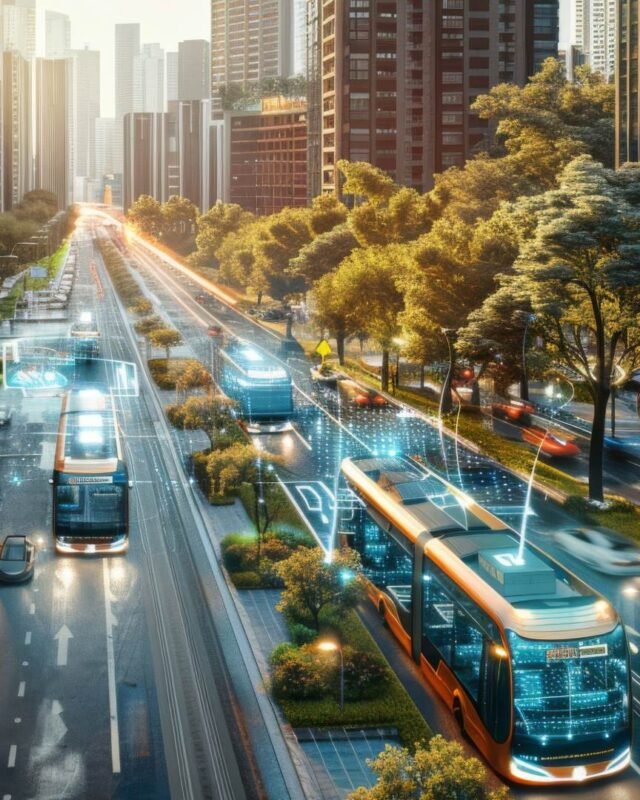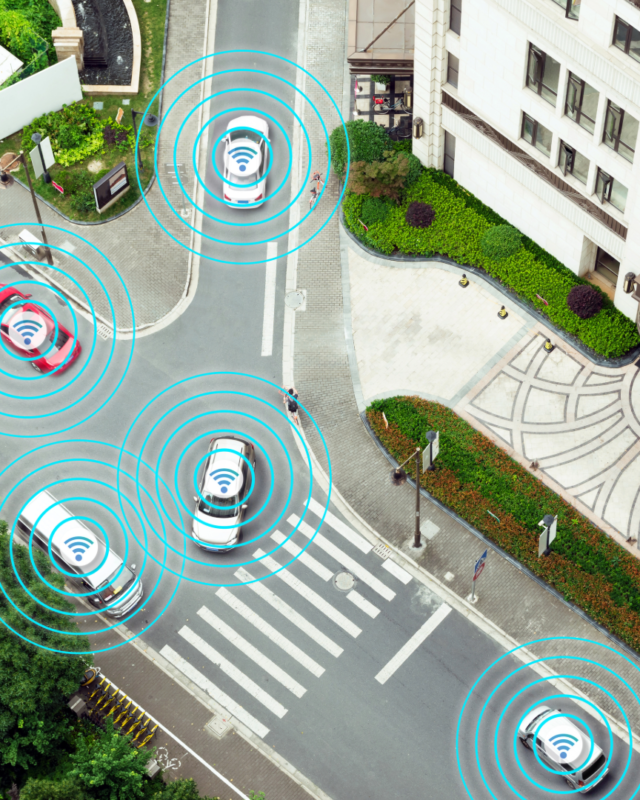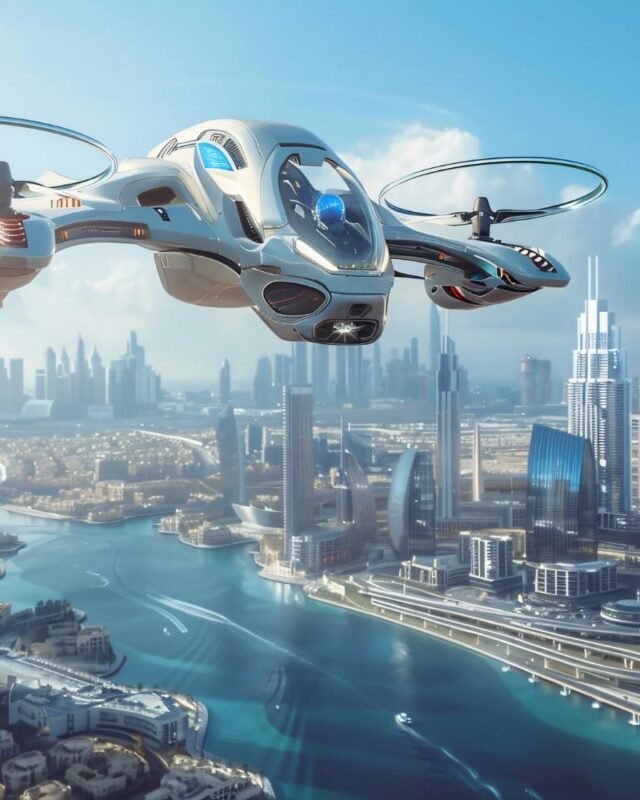$100B Mobility Overhaul: Vision 2030’s Transport Blueprint
You notice it the moment you land in Riyadh: the scale, the speed, the ambition. But what’s more striking is what’s changing. Today, that shift has become a national mandate. Backed by $100 billion in infrastructure investments under Vision 2030, Saudi Arabia is executing one of the most ambitious mobility transformations in the world. The strategy is clear: reduce car dependency, enhance urban connectivity, and position the Kingdom as a global logistics and mobility powerhouse. From metro systems and high-speed rail to electric buses and AI-driven traffic solutions, the Saudi Public Transport Modernization effort is designed to meet the demands of a rapidly growing urban population—projected to exceed 40 million by 2030.
Key projects include:
- Riyadh Metro: 176 km across six lines and 85 stations (fully operational as of 2025)
- Haramain High-Speed Railway: 450 km connecting Mecca, Medina, and Jeddah
- Electric Bus Rollouts: Active in Jeddah, Medina, Dammam, Tabuk, and AlUla
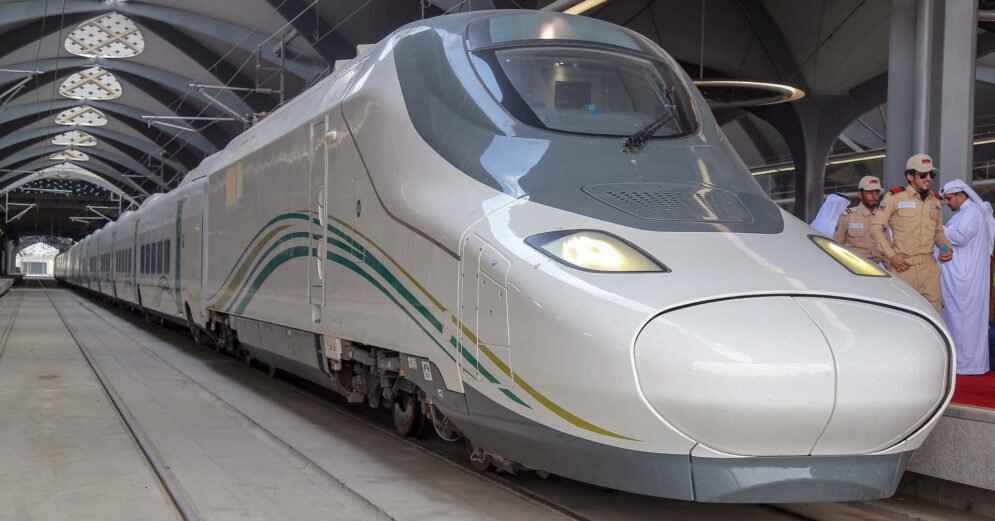
Metro, Rail & Electric Buses: 2025 Expansion Data
The Riyadh Metro, now fully operational since January 2025, spans 176 kilometers across six lines and 85 stations. Within its first two months, the system recorded 18 million riders, with fares starting at SAR 4 for a two-hour journey. The metro is expected to eliminate 250,000 car trips daily and save 400,000 liters of fuel.
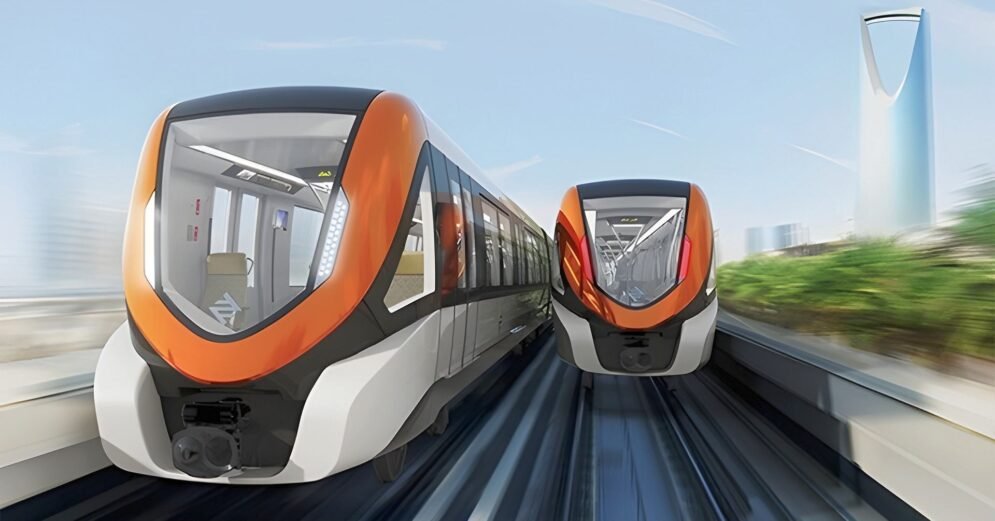
A new €20 billion ($21 billion) expansion plan introduces Line 7, a 65-kilometer extension with 19 additional stations. These will connect strategic destinations including:
- Qiddiya Entertainment City
- King Khalid International Airport
- King Salman Park
- New Murabba
- Misk City
- Diriyah Gate
Of the 19 new stations, 14 will be underground and 5 above ground, designed to integrate seamlessly with existing infrastructure. This expansion supports Riyadh’s goal to double its population to 15–20 million by 2030.
Meanwhile, the Haramain High-Speed Railway slashes travel time between holy cities to under 2.5 hours, serving millions of pilgrims annually. The upcoming Land Bridge Project will connect the Red Sea to the Arabian Gulf, cutting freight transit time by 70%.
Electric buses are also gaining traction:
- Each bus travels 300 km per charge, supports 73 trips/day, and emits zero carbon
- Equipped with Wi-Fi, USB ports, and AC, they serve both urban commuters and airport passengers
These upgrades are central to the Saudi Public Transport Modernization strategy, which aims to reduce fossil fuel reliance and improve urban air quality.
Autonomous Taxis: Saudi Arabia’s First Nationwide Pilot Begins
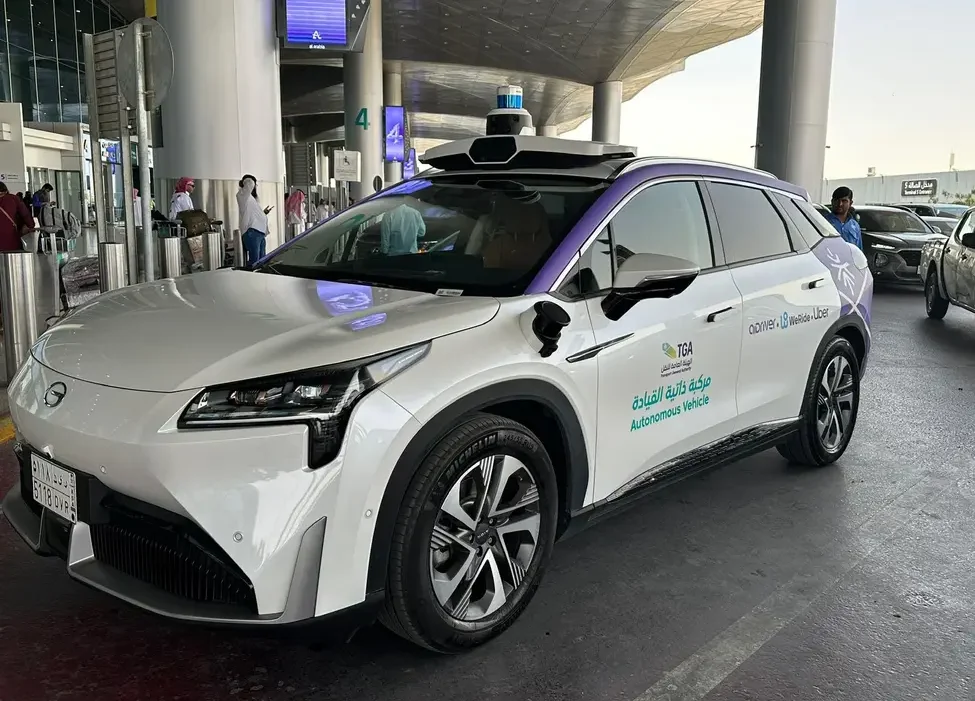
Saudi Arabia officially launched its first autonomous taxi pilot in July 2025, marking a major milestone in the Saudi Public Transport Modernization strategy. The Transport General Authority (TGA), in partnership with global AV leader WeRide, granted the Kingdom’s first autonomous driving permit, allowing Robotaxis to operate across Riyadh and selected giga-project zones.
The pilot includes:
- 10 autonomous taxis and 2 driverless buses operating in Riyadh and AlUla
- Initial routes cover King Khalid International Airport, major highways, and central districts
- Vehicles are equipped with LiDAR, radar, and 360° vision systems, and currently run with safety drivers during public trials
The program is expected to expand to Diriyah, NEOM, and Qiddiya by late 2025, with 20 more taxis and 5 additional buses planned. Uber and AiDriver are collaborating to integrate autonomous rides into the Uber app, with public access expected “within days” as of July 2025.
Saudi Arabia aims to make 15% of vehicles on its roads autonomous by 2030, supported by smart infrastructure upgrades and electric vehicle charging networks managed by PIF-backed EVIQ. This initiative positions the Kingdom as a regional pioneer in autonomous mobility, blending innovation with Vision 2030’s sustainability and urban transformation goals.
Sustainability Goals: 25% Emissions Cut by 2030
Saudi Arabia’s National Transport and Logistics Strategy targets a 25% reduction in vehicle emissions by 2030. This aligns with broader goals to achieve net-zero emissions by 2060. Sustainability measures include:
- Solar-powered metro stations generating up to 20% of energy needs
- Smart traffic systems using AI to optimize flow and reduce idle emissions
- Recycled materials in road construction, such as demolition waste in asphalt
NEOM’s Oxagon hub exemplifies zero-carbon logistics, integrating autonomous transport and renewable energy systems. These initiatives reinforce the Kingdom’s commitment to green mobility as a pillar of economic diversification.
Investment Opportunities: 200+ PPP Projects Across 17 Sectors
Saudi Arabia’s transport sector is ripe for investment, with over 200 PPP projects approved across 17 sectors. The National Center for Privatization & PPP (NCP) offers incentives such as:
- 100% foreign ownership
- Tax exemptions
- Fast-track licensing
Investor interest is surging:
- A recent healthcare PPP tender drew 420+ applications from 19 countries
- The Public Investment Fund (PIF) is backing logistics parks, smart ports, and metro operations
The Saudi Public Transport Modernization pipeline includes metro expansions, smart bus systems, and integrated logistics zones—making it one of the most attractive transport investment ecosystems in the Middle East.
Future Expansion: Metro in Jeddah, Dammam & NEOM’s Flying Taxis
Looking ahead, Saudi Arabia plans to expand metro systems in Jeddah, Dammam, and other urban centers. The futuristic NEOM project will feature:
- The Line: A 170-km car-free city with underground high-speed transit
- Flying taxis and autonomous vehicles
- Smart ports and AI-driven logistics hubs
The upcoming King Salman International Airport will handle 120 million passengers/year by 2030, scaling to 185 million by 2050. These expansions will support tourism, trade, and urban mobility, reinforcing the Kingdom’s role as a global transport leader.
Also Read: Riyadh Metro: The Backbone of Riyadh Public Transport

